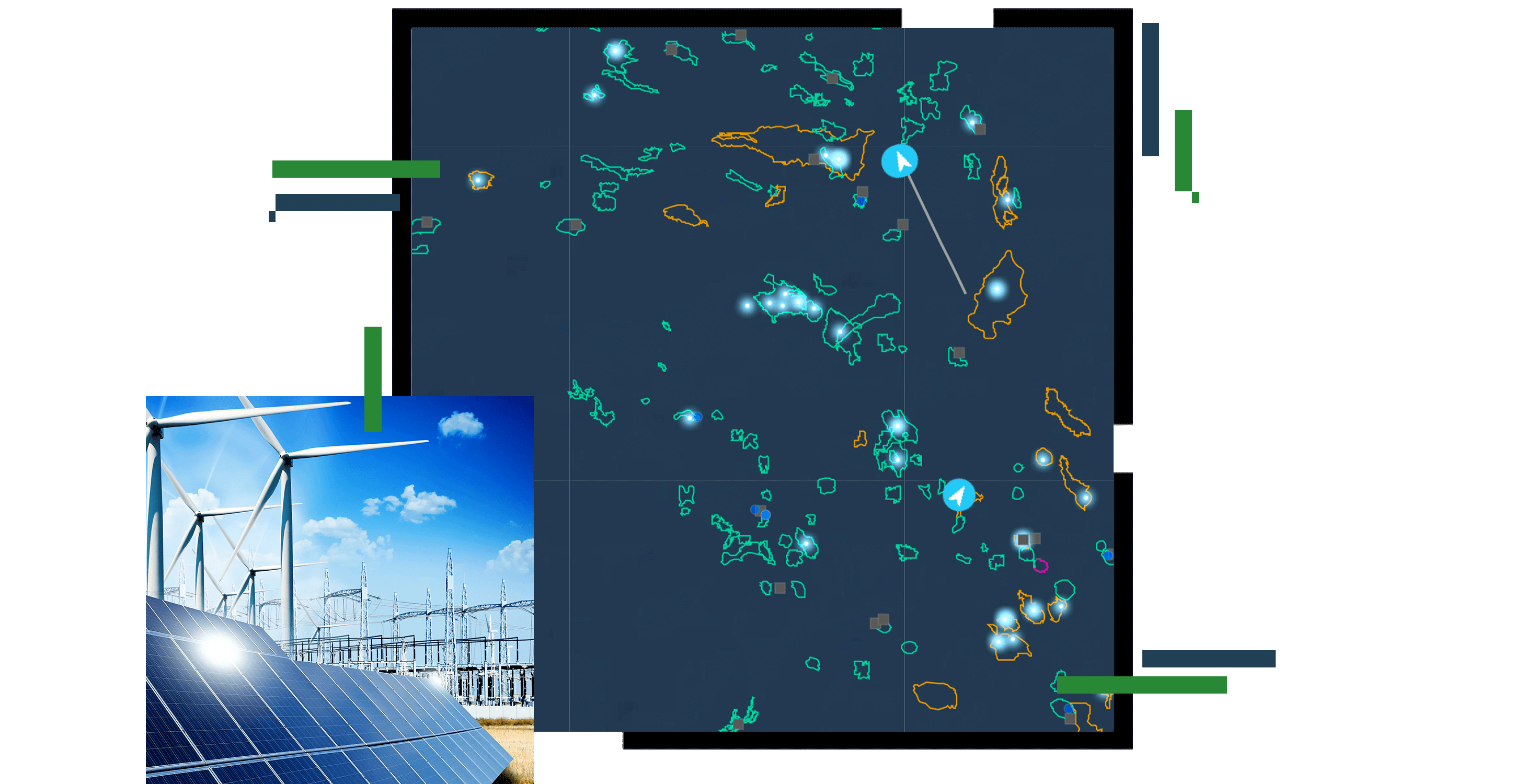Wind
GIS allows you to add all influencing factors to your wind energy projects: wind energy potential, land use, population density, distance to road, slope, biodiversity, regulatory requirements, and distance to transmission lines. Unite all the information you need to design, build, and efficiently and safely operate wind energy facilities.






